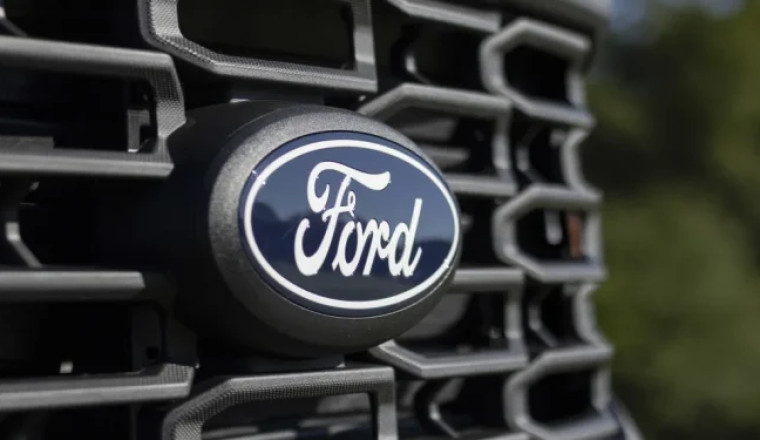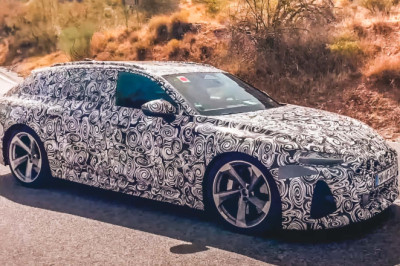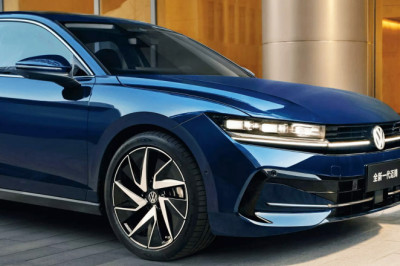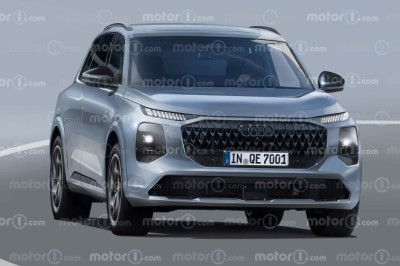
h2 Ford Performance in 2025: Profits, Sales Performance, Best and Worst Sellers, and Global Overview
Facing headwinds from industry disruption, global economic uncertainty, and evolving consumer preferences, Ford’s strategy to balance internal combustion engine (ICE) dominance with a measured EV rollout shaped its overall performance.
Financial Performance and Profitability
Ford posted a net loss of $36 million in the second quarter of 2025, largely due to special charges—including the cancellation of a major electric vehicle program and the cost of significant recalls. Despite this, total revenue for the quarter rose 5% to $50.2 billion compared to Q2 2024, reflecting robust demand across the vehicle lineup.
Adjusted EBIT stood at $2.14 billion for Q2 2025, a decline from $2.8 billion the previous year, with negative impacts of $0.8 billion attributed to higher tariffs. Ford revised its full-year 2025 forecast and now expects adjusted EBIT in the range of $6.5 billion to $7.5 billion, along with adjusted free cash flow of $3.5 billion to $4.5 billion. Approximately $2 billion in net challenges are directly linked to U.S. trade tariffs—a key factor compressing profit margins despite otherwise growing sales.
Revenue by Geography (2024, latest available):
| Region | Revenue (USD) | Share of Total Revenue |
|---|---|---|
| United States | $124.97 billion | 67.6% |
| Canada | $13.41 billion | 7.3% |
| Mexico | $2.63 billion | 1.4% |
| United Kingdom | $9.94 billion | 5.4% |
| Other Geographies | $34.04 billion | 18.4% |
Regional and Global Sales Performance
In Q2 2025, Ford’s total global vehicle sales reached 612,095 units, up 14.2% from the previous year. This performance outpaced the broader industry, which recorded just a 1.4% growth rate. The U.S. remains Ford’s strongest market, driven by aggressive pricing strategies and strong consumer demand for traditional gas and hybrid trucks and SUVs.
Regional Highlights:
-
North America: Led by the U.S., with rising sales of trucks, SUVs, and hybrids.
-
Europe: Steady performance with the Ford Focus and Puma still popular, but Ford lags in EV share compared to domestic competitors.
-
Asia-Pacific: Mixed results, with tough competition from local manufacturers, especially in the EV sector.
Major trading partners like Canada and Mexico remain small contributors, while the rest of world, and especially Europe, show moderate resilience thanks to Ford’s commercial van and hybrid lineups. Tariffs on imports, particularly from Mexico and Canada, continue to impact costs.
Best Selling Ford Vehicles in 2025
Ford’s 2025 sales were once again led by its renowned trucks and SUVs:
| Model | Units Sold (Q1–Q2 2025) | YoY Change (%) |
|---|---|---|
| F-150 Pickup | 342,971 | +20% |
| Maverick (Hybrid) | 86,056 | +26% |
| Explorer | 88,807 | +9% |
| Bronco | 51,201 | +16% |
| Everest (NZ/Aus) | 1,068 (NZ) | +21% (NZ) |
F-Series pickups remain the underpinning of Ford’s revenue, cementing the model’s position as not only the best-selling Ford but also consistently America’s bestselling truck. The Maverick hybrid underlines Ford’s success in blending efficiency with utility and is now the leading hybrid truck in the U.S. market. The Ford Explorer and Bronco continue to perform strongly, appealing to consumers’ demand for versatile and adventure-ready vehicles.
In international markets, notably Australia and New Zealand, the Ford Ranger and Everest remain highly competitive, even though the Ranger lost its top spot in New Zealand in 2025.
Weakest Performers and Segment Underperformance
Ford’s biggest challenge has been its electric vehicle division. In Q2 2025, electrified models saw a 17.3% decrease in sales year-over-year—this is in stark contrast to the double-digit gains in gas and hybrid segments. The F-150 Lightning, once a promising contender in the EV truck market, suffered the largest year-on-year decline in Ford’s U.S. product lineup. Consumer hesitancy about EV infrastructure and ownership costs, as well as the company’s own strategic delays and program cancellations, contributed to this drop.
The Mustang Mach-E, once a hot seller, has cooled off in global markets as consumer priorities shifted towards hybrids and ICE vehicles amid uncertain charging infrastructure.
Industry Outlook and Strategic Focus
Despite the turbulence in 2025, Ford’s dual focus on high-margin trucks and commercial vehicles, as well as its measured and strategic push into advanced electric and hybrid models, has kept the company competitive. Innovative new launches are planned for 2026 and beyond, including fully digital vans and affordable EV trucks—targeted to reverse EV market share decline and regain consumer momentum.
Ford is also investing in advanced quality improvements and technology upgrades, having prioritized operational resilience after a year marked by costly recalls and program overhauls.
Conclusion
Ford’s 2025 story is one of resilience amid disruption. While profit margins have contracted under the weight of tariffs and EV market challenges, growth in traditional and hybrid vehicles—anchored by F-150, Maverick, and Explorer—keeps Ford at the forefront of North American automotive sales. As the company shifts more capital toward cost control and smart innovation, the upcoming years will reveal how effectively it can pivot to meet global market shifts in electrification, digitalization, and consumer preferences.














